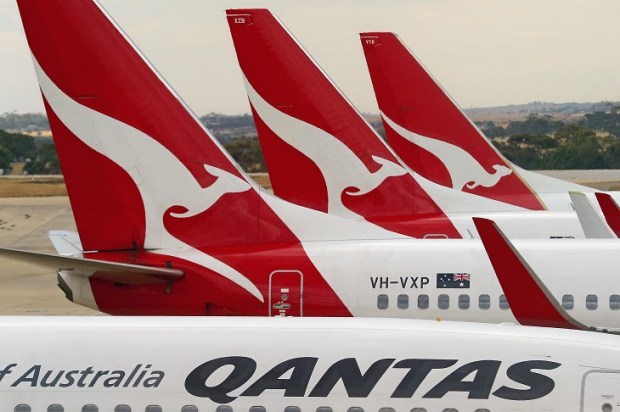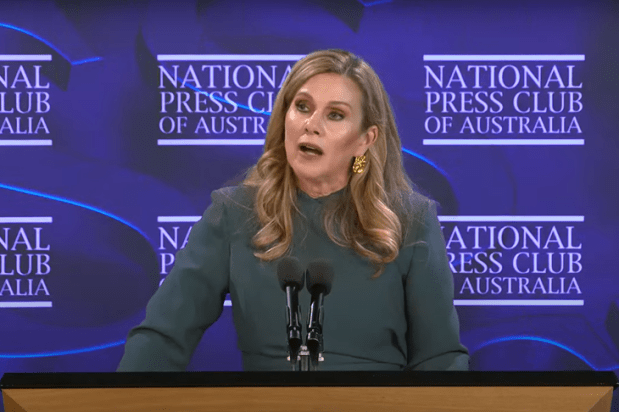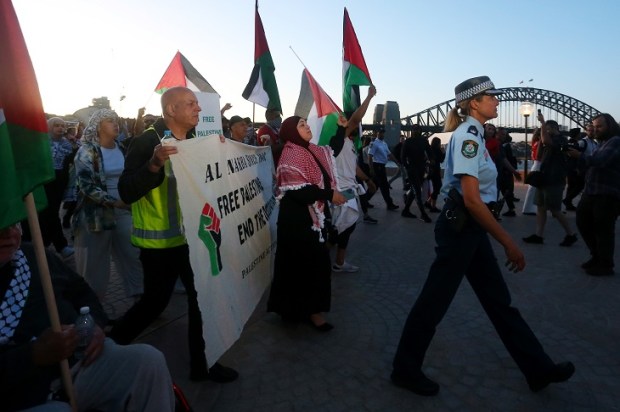Reflecting on the centenary of Federation in 2001, the late Australian historian, John Hirst, imagined Australia in 2051:
The marrying and partnering of people of all sorts across boundaries is the great unifying force in Australia… it will produce before too long a new people who will have darker skins, much better suited to this place and our sun.
In fifty years there may still be buskers in Martin Place and they may play didgeridoos, but the observer will no longer be able to label them Anglo-Celt or Vietnamese; they will have no other name than Australian. I am sorry I will not live to see that day because Australians will be a beautiful people.
Hirst was arguing at that time against the notion of a treaty between Indigenous and other Australians that would force the government to create clear definitions of who is and is not an Indigenous person. He warned that this would separate whole families into two distinct categories of citizenship. The same point has been made persuasively by many ‘No’ campaigners in the Voice referendum.
Australia in 2051 is unlikely to have reached the point where the majority of people have a mixed ethnic heritage, though it will be getting closer to it. By the dawn of the 22nd Century, it will almost certainly be the case that few Australians will be able to say that they have only one ancestry. Those with Anglo-Celtic, European, Asian and other lineages long established in the country by that year will almost certainly have a mixed heritage. It is a reality of living in a multiethnic society where people live, worship, work, and receive education side by side with each other. The same dynamic will be at work for Indigenous Australians. Already, many have mixed heritage, and this will only increase.
The above reflection highlights the absurdity of making the Voice to Parliament permanent in the Constitution. Indigenous people, those descended from the founding Anglo-Celtic population of the Australian colonies, and more recent migrants will not be distinct from each other. A Constitution that recognises one category of citizen is the only option.
None of that means that those of Indigenous descent in Australia should not continue to preserve and perpetuate their culture if they wish to do so. There is a place for appropriately including Aboriginal symbols and ceremonies in Australian public life. However, this should not come to be like a civic religion in Australia, as it has recently done. Instead, the unity of Australians should be a focus, and modern Australia’s overwhelmingly British and European foundations need to be upheld and celebrated. Postwar migrants did not migrate to a continent populated by hundreds of tribal groups. Instead, they came to a unified and cohesive society primarily constructed by peoples and ideals from the British Isles. The Australian people of 2100 can hold these features of their national story together without one having to overwhelm or denigrate the other.
The Latin American concept of a ‘Mestizo’ has much to teach Australians. The term refers to peoples with mixed European and Indigenous heritage. Some countries in Latin America have Indigenous majorities (like Bolivia). Others (such as Argentina and Chile) were settled later and have predominantly European populations. The ‘Mestizo’ concept is essential to the national identity of countries like Brazil and Mexico (the two most populous Latin American states). As those countries became independent of Spain and Portugal, the ideal of Mestizo identity formed the core of the countries’ perceived sense of national identity.
Another form of identity in Latin America is that of the Mulattos, a term used to describe those of mixed European and African descent. Latin American identities become even more complex, considering many have tripartite origins (White, Black, and Indigenous). Countries like Mexico and Brazil, in particular, came to define their national identity as unique hybrids of the European and the Indigenous. Such national discourses enabled the population to hold the nation’s indigenous and European aspects in high regard rather than seeing them as in opposition to one another.
Mestizo identity allowed the newly independent Latin American republics of the 19th Century to distinguish themselves from former colonial powers and the growing power of the United States in the region. The US had notably not experienced much of an admixture between its European settlers and native Amerindian inhabitants. The United States maintained a distinctly northern European political culture throughout the 19th and early 20th centuries.
Challenges to Mestizo identity have occurred at various points. To encourage European migration in the early 20th Century, some governments sought to de-emphasise the Mestizo nature of their populations.
More recently, the concept of Mestizo identity has been critiqued by those who believe it is used to hide racial inequalities. Brazil and Colombia have recognised racial differences for the first time by instituting affirmative action for Africans and remote Indigenous peoples. However, overall, the concept of Mestizo has enabled Latin American countries to recognise the reality of mixed ethnic heritage in their populations and to craft a positive national identity that draws on the features of both pre and post-Colombian America.
What can we learn in Australia from the Mestizo concept? We learn that hybrid forms of identity are likely to form over time in societies with a great deal of racial diversity. Before the 1970s, the Australian population was overwhelmingly Anglo-Celtic and northern European. Since the 1970s, patterns of migration have changed dramatically. We are now in a process of hybridisation.
Australians in 2100 will essentially have hybrid ethnic identities. Indeed, the only term for themselves that they will likely be firmly attached to is Australian. The Mestizo mentality of Latin America is very particular to the history of Central and South America. Still, it points the way to conceiving a national identity that celebrates the core features of the nation’s history.
The Mestizo conception contrasts with the way Australia’s heritage is publicly commemorated at the moment. In education, public ceremonies, and political rhetoric, the nation is conceived as a place where an ‘evil’ British invasion overtook a pure Indigenous culture. The British and European features of the nation created an unjust society that only began to be alleviated from the 60s onwards when changes to migration enabled a more multicultural country to come into being.
The core contribution of Australians of British descent in founding and building the nation is downplayed, and the Indigenous and multicultural elements are upheld excessively. The Mestizo conception provides a model for how a country can deal with both its diversity and its history in a healthy way.
Returning to the Uluru Statement model of Voice, Treaty, and Truth, we can see that the inclusion of the voice in the Australian Constitution essentially fossilizes in time an ethnic and cultural category and grants it special privileges. The proposal is bad enough now, but in the Australia of 2100, it will make even less sense where hybrid identities will be the norm and the name of ‘Australian’ will be the only one we cling to tightly. As John Hirst dreamed in his federation reflections more than 20 years ago, Australians will emerge as an entirely distinctive people.

























